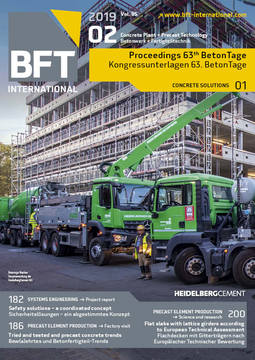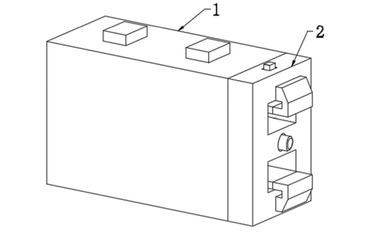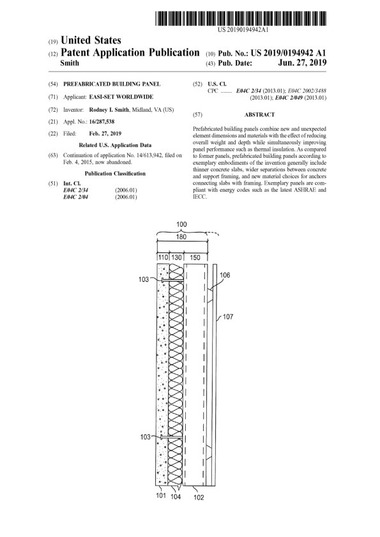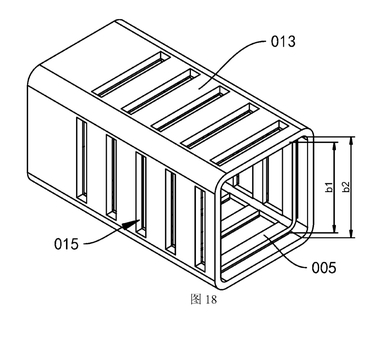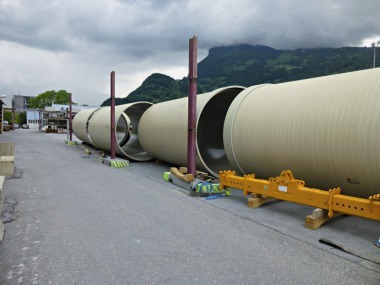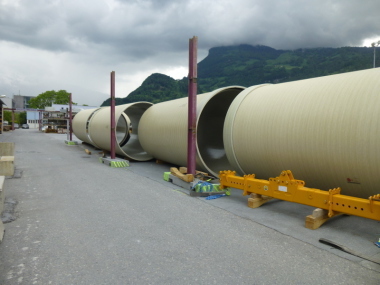Concrete is the most frequently used building material
Concrete is the most frequently used building material in building construction and transport infrastructure construction. In 2018, prefabricated concrete components generated revenues of 6 billion euros and ready-mixed concrete of 3.5 billion euros in Germany alone. Many different basic materials are used to manufacture concrete. New cements have been developed over the last few years, allowing a considerable reduction in the expenditure of energy and the CO2 emission in the production process. Moreover, the social standards and the pressure on the manufacturers by statutory provisions, such as the Closed Substance Cycle and Waste Management Act or the German Federal Immission Control Act, ensure that production processes are more and more optimized in terms of resource conservation and sustainability. On the other hand, in the near future, the question will arise to what extent industrially manufactured products, such as fly ash as a by-product of coal-fired power stations or aggregates from other industrial processes, having been used to some extent in concrete construction with great success for several decades and helping improve the carbon footprint of concrete, will still be available.
In the next 10 years, the industry will be faced with major challenges due to these changes in the market, the question about the availability of raw materials for the production of concrete and the new product developments of cement and additives as a consequence thereof. Concrete designs have to be optimized so as to be sustainable, that is to say, provided with an as small as possible “CO2 backpack”, while being durable so that the building structures withstand the physical impacts (caused by frost, for example) and chemical impacts (such as de-icing salt and concrete-attacking substances) for a sufficiently long period over their intended service life. In this regard, the previous approach describing the durability of concrete by simple parameters such as the type of cement, the water-cement ratio, the minimum compressive strength class, or the minimum cement content, reaches its limits.
By means of new concepts in concrete construction, determining the performance of concrete through a service life design combined with the performance principle, that is to say by means of appropriate test methods, in the course of the next few years, we will try to manage the balancing act between the durability required for concrete structures and the conservation of resources while a decreasing availability of the essential basic materials for the production of concrete is foreseeable.
Resource efficiency of our method of construction is also a focus topic of the 63rd BetonTage congress. With this in mind, we wish you much pleasure in increasing your knowledge.
Yours,


